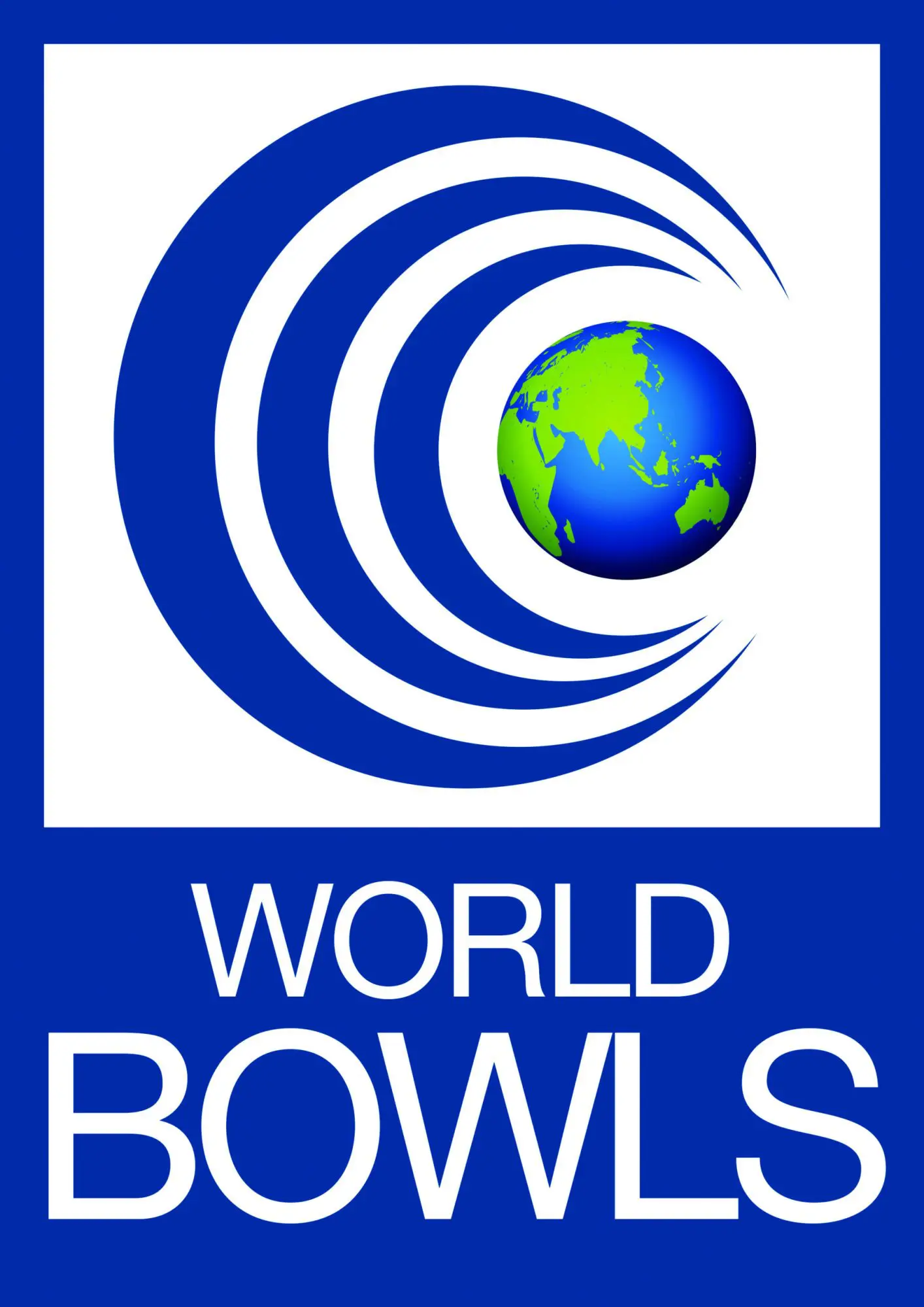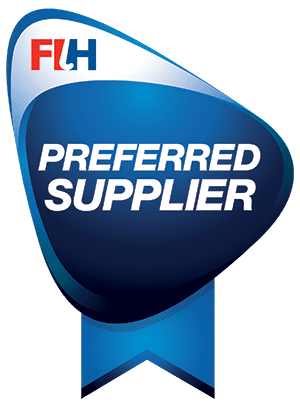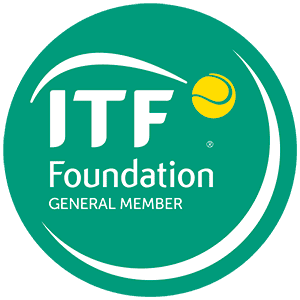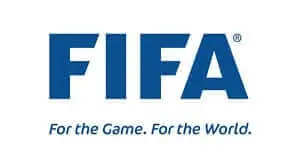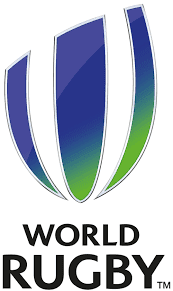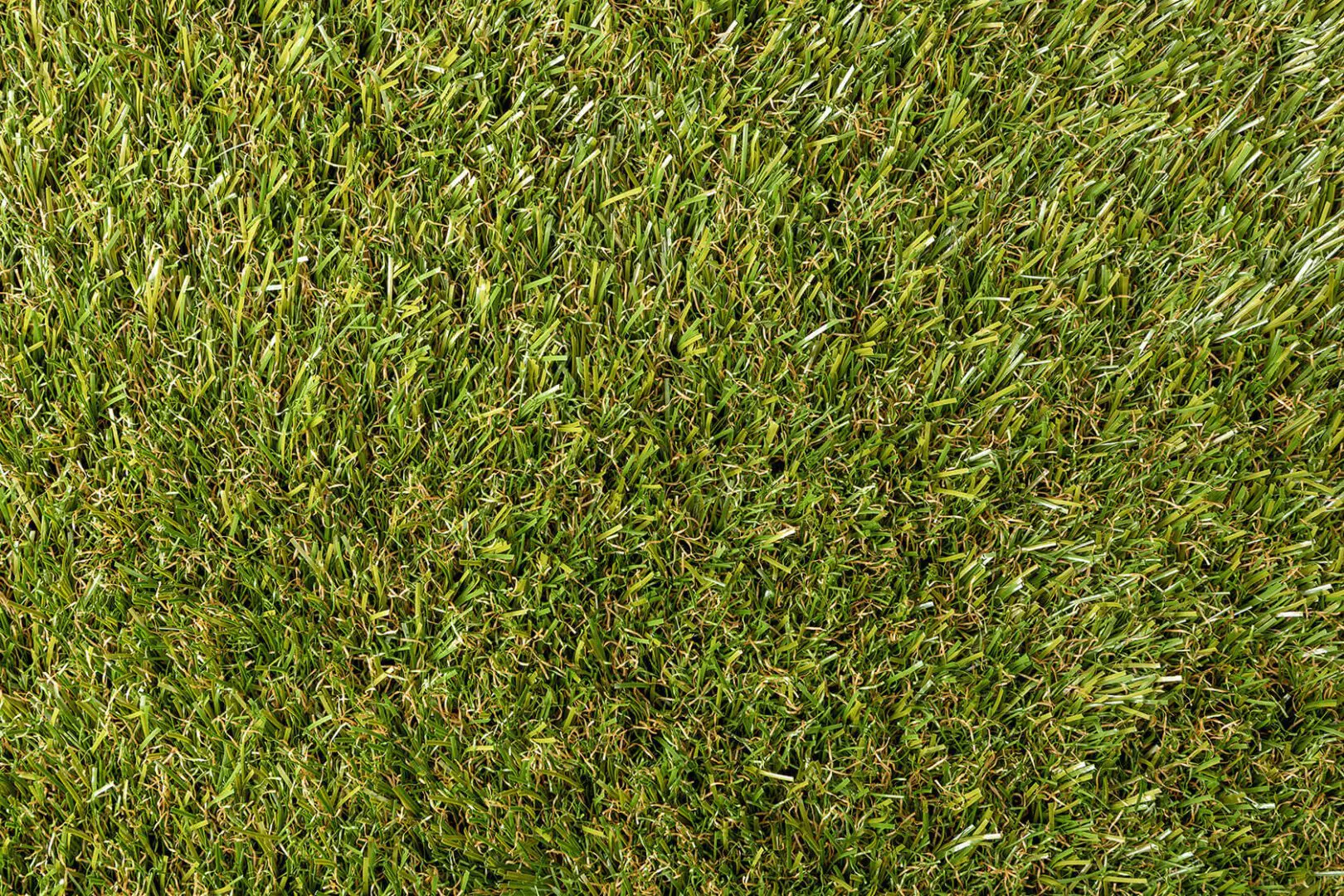
So, you’ve had your new artificial grass installed and it looks great — but you might be wondering, “Why does it look a bit uneven?” or “When will it look and feel like a proper lawn?”
These questions are completely normal. Like most high-quality installations, artificial turf needs a little time to settle and perform at its best. In this article, we’ll walk you through what the settling process looks like, how long it typically takes, and what you can do (or avoid) to ensure the best long-term results.
Artificial grass is installed over a compacted base, which may include layers of crushed rock, crusher dust, or sand — depending on your installer’s process. Once the turf is laid and infilled with sand or other materials, it needs time to:
This “bedding-in” phase is crucial for both visual appeal and performance.
In most cases, artificial turf will take 4 to 8 weeks to fully settle. This can vary based on:
If you’re using your new lawn for pets or kids, it’s completely fine — just avoid overly heavy usage in the first few weeks.
To get the best results, follow these basic guidelines:
Not sure if things are progressing well? Here’s what to look for:
If something still feels off after 8 weeks, it’s worth contacting your installer for a quick check-up.
While you can’t fast-forward nature, you can encourage faster settling by:
If your turf is in a shady or cool area, patience is key — it may just take a little longer to bed in properly.
Although rare, some issues may require follow-up:
Your installer will have the tools and know-how to inspect the base and make adjustments if needed.
Once your grass is settled, ongoing care is simple. Brush occasionally, rinse when needed, and keep an eye out for debris buildup. For a full breakdown, reach out to our team for professional artificial grass maintenance and we’ll provide you with practical tips tailored for Australian conditions.
Conclusion
Artificial grass is designed to be low-maintenance — and a short settling period is just part of the process. With a little care and patience, your turf will soon look lush, level, and natural for years to come.
For more support or product-specific guidance, talk to the team at TigerTurf , Australia’s trusted name in synthetic turf.

